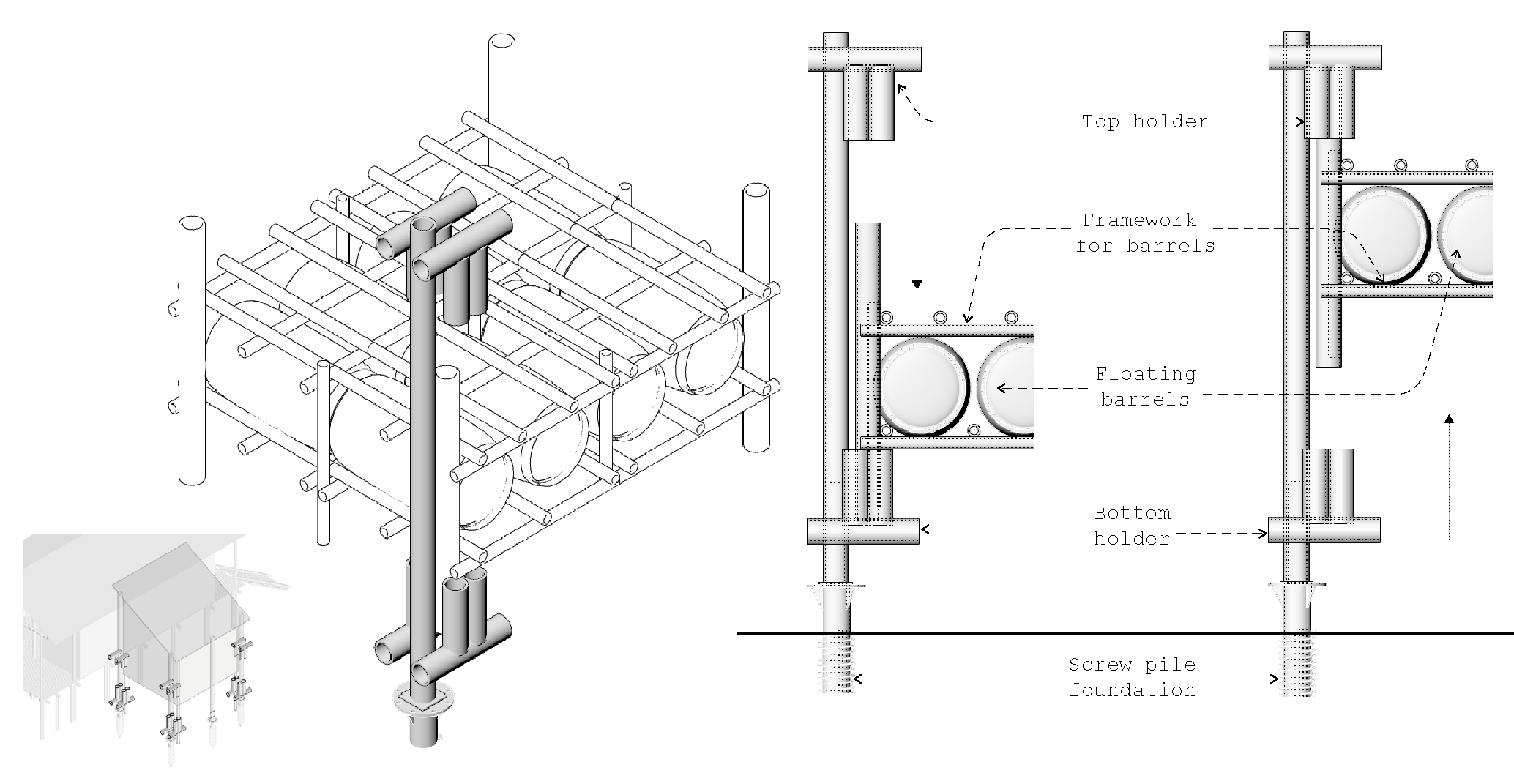Amphibious attachment systems for existing stilt houses to counteract flash floods along the Brahmaputra river plains in Assam, India
Context
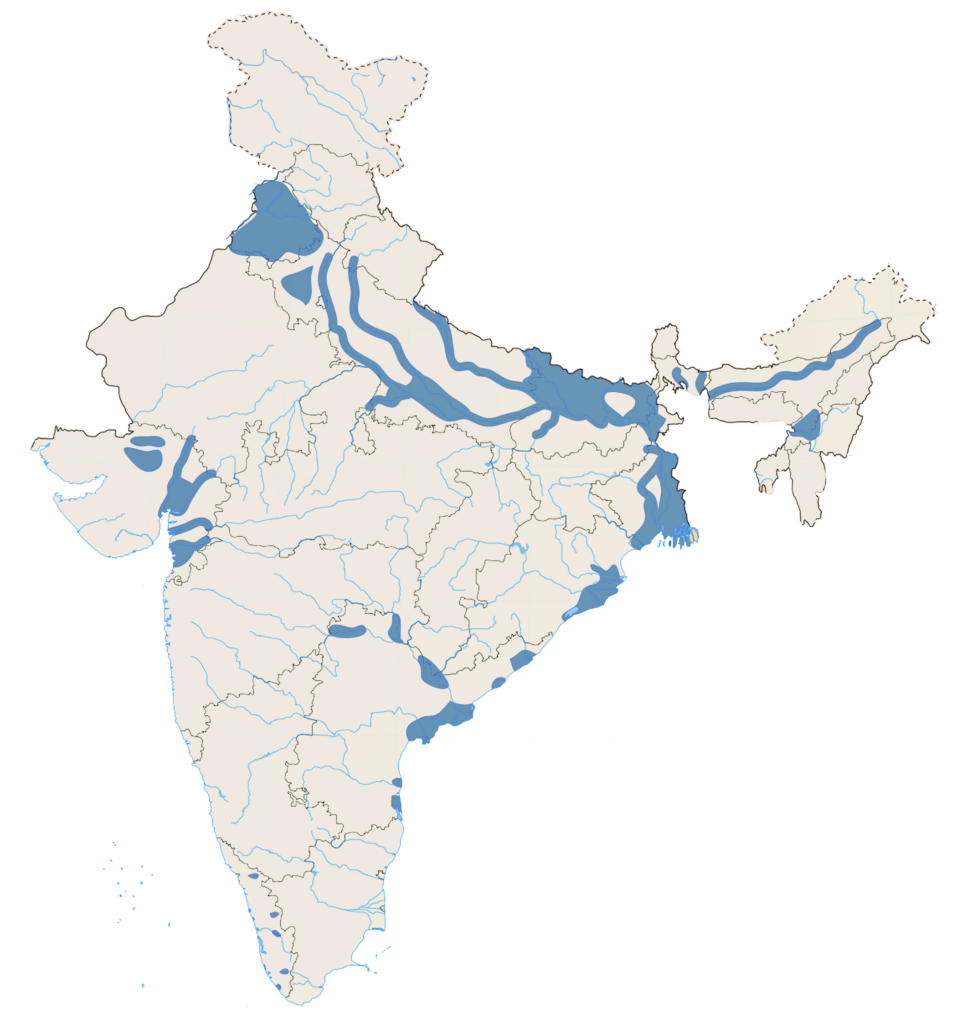
In India, about 40 million hectares, or one-eighth of the country’s geographical area, is flood prone.
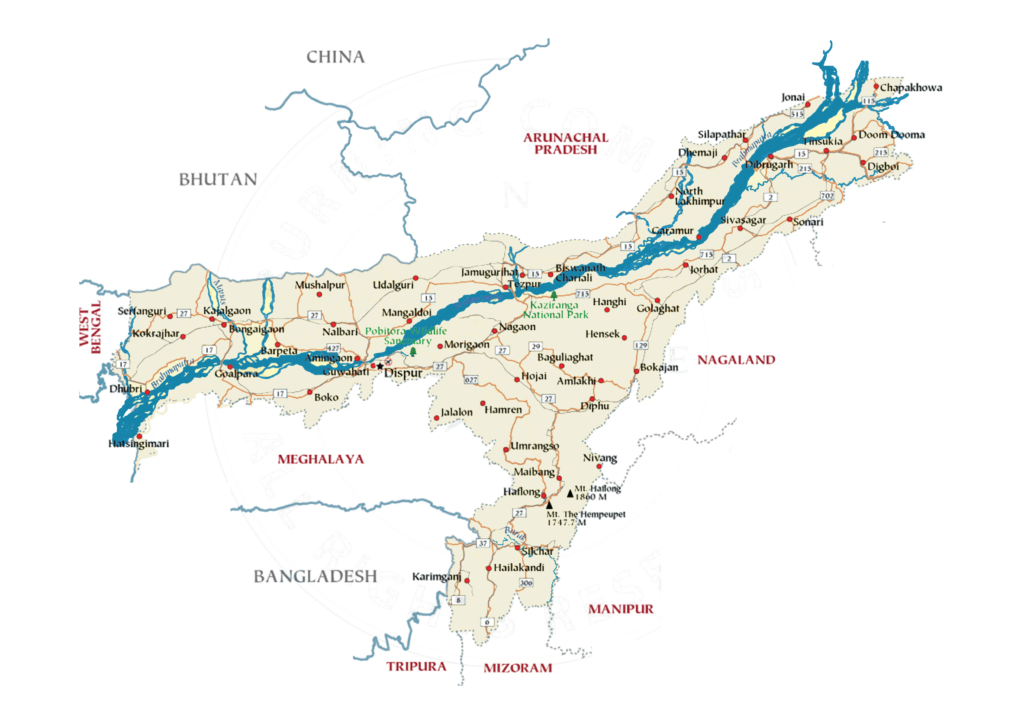
Assam receives more rainfall than most parts of India. In 2022, floods affected around 5.5 million people across 32 out of 35 districts of Assam.


Areas by the river Brahmaputra and its tributaries are the most prone to flash floods; Most people who live here are of low-economy backgrounds and the tribals; These areas don’t receive flood warnings nor any effective flood evacuation strategies; Lives of repetitive struggle and displacement
Who are the Mising tribe?
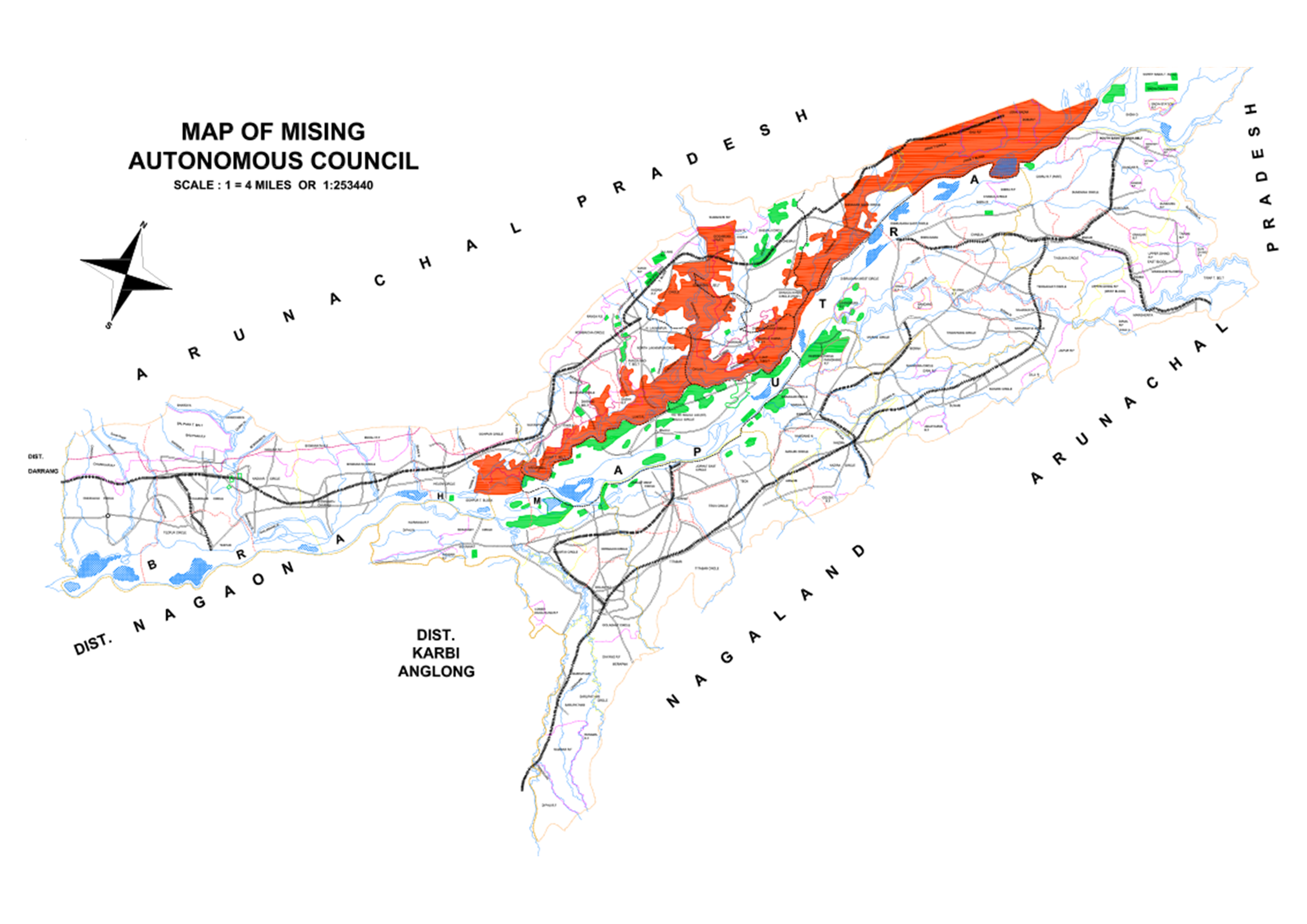
One of the marginalized indigenous communities of India; Only community in North East India that still live along the banks of the Brahmaputra and Subansiri rivers; Sometimes, floods force them to shift their villages; Agriculture and Fishing are the principal means of livelihood of the Misings but it is still at the subsistence level.
What happens during the flash floods?
During the predictable cyclic monsoon floods, there is uniform silt deposition across the fields which enhance the agricultural development and gains. But when flash floods occur, which are more unpredictable and non-cyclic, the silt deposition is too high and only causes more damage to the crops and infrastructure in general.


The evacuation process during the flash floods goes like this: Residents are forced to go into relief camps as their homes are not stable enough to withstand the floods. After going through long periods of psychological stress of staying away from home and in unsanitary conditions, the residents return to partially or completely destroyed homes. The process of rebuilding their new home is a long one, mostly devoid of resources or money to build it. After the strenuous process of creating the new home, they only prepare it to be destroyed all over again during the next flood!
Problems with the relief camps:
- The number of relief camps to the number of flood based victims have a great margin. Due to the shortage of space, there is overcrowding creating chaos.
- Inadequate facilities as the government can’t afford it.
- Lack of medical infrastructure to care for the people affected
- Lack of sanitation within the camps; specially the toilets
- Due to most of the above reasons, the camps become a bed for the spreading of contagious diseases
What is the impact of the flash floods on the population?
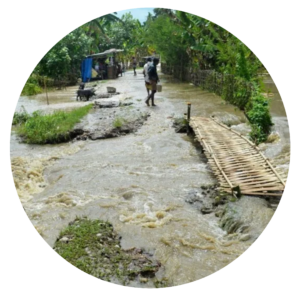

Context and Site
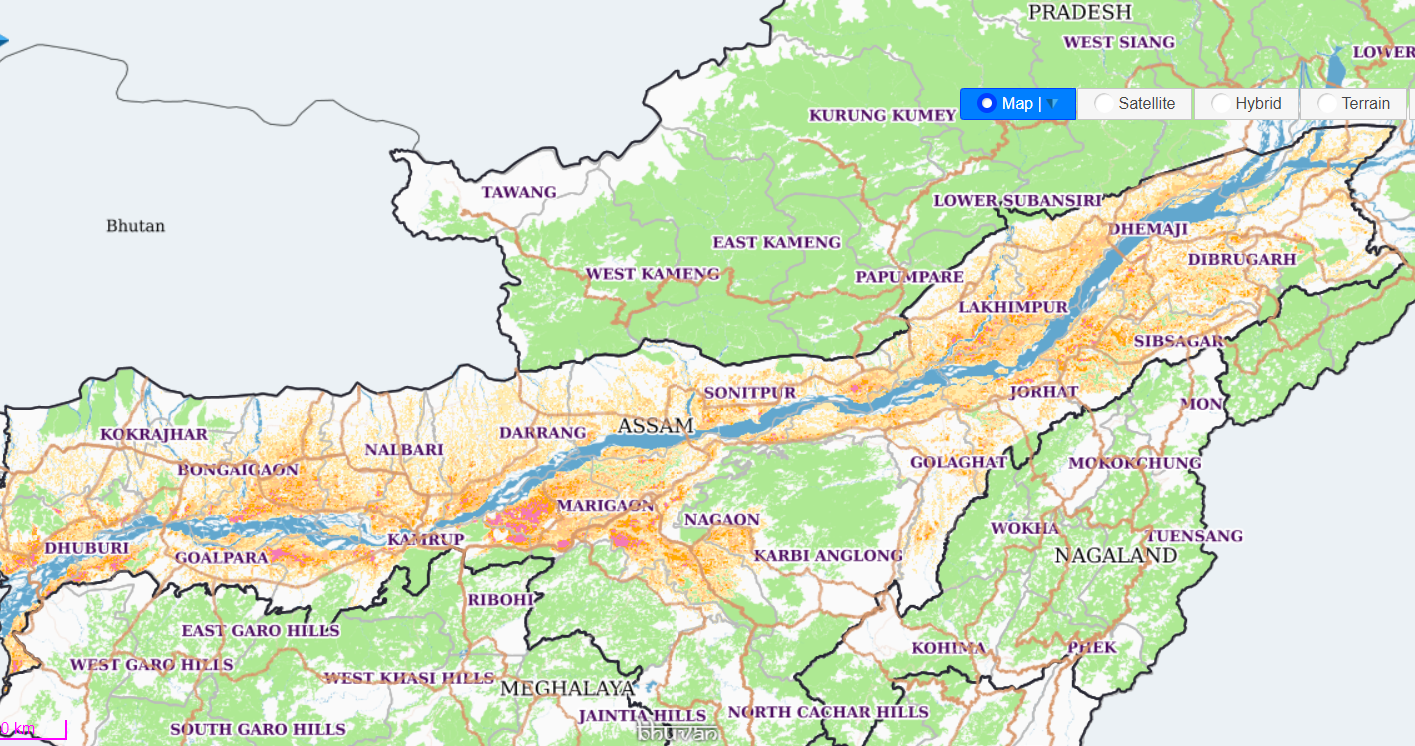




Located very close to the tributary Subasini; Stilt houses to adapt to the floods; Usually in clusters; mostly families of 5-6 in each house; Most houses made of bamboo stilts, one or two with concrete stilts; All houses have a metal roof; Each house in around 1.5m higher than the ground level and they use ladders to reach the main floor

The ‘chang ghor’ or the Mising stilt house


Make-shift floating devices
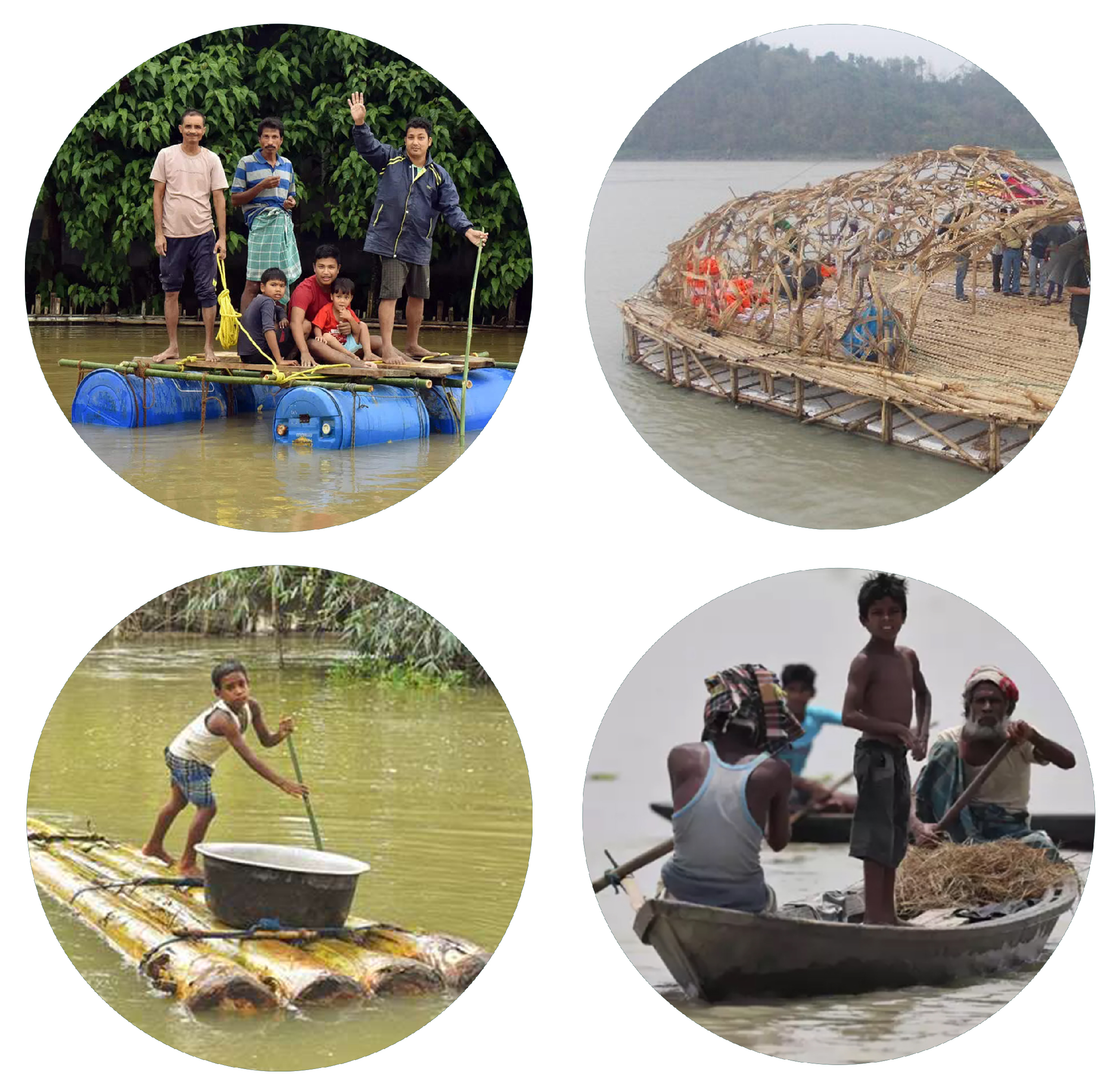
Pros and cons of the chang ghor

Summarizing the flood scenario
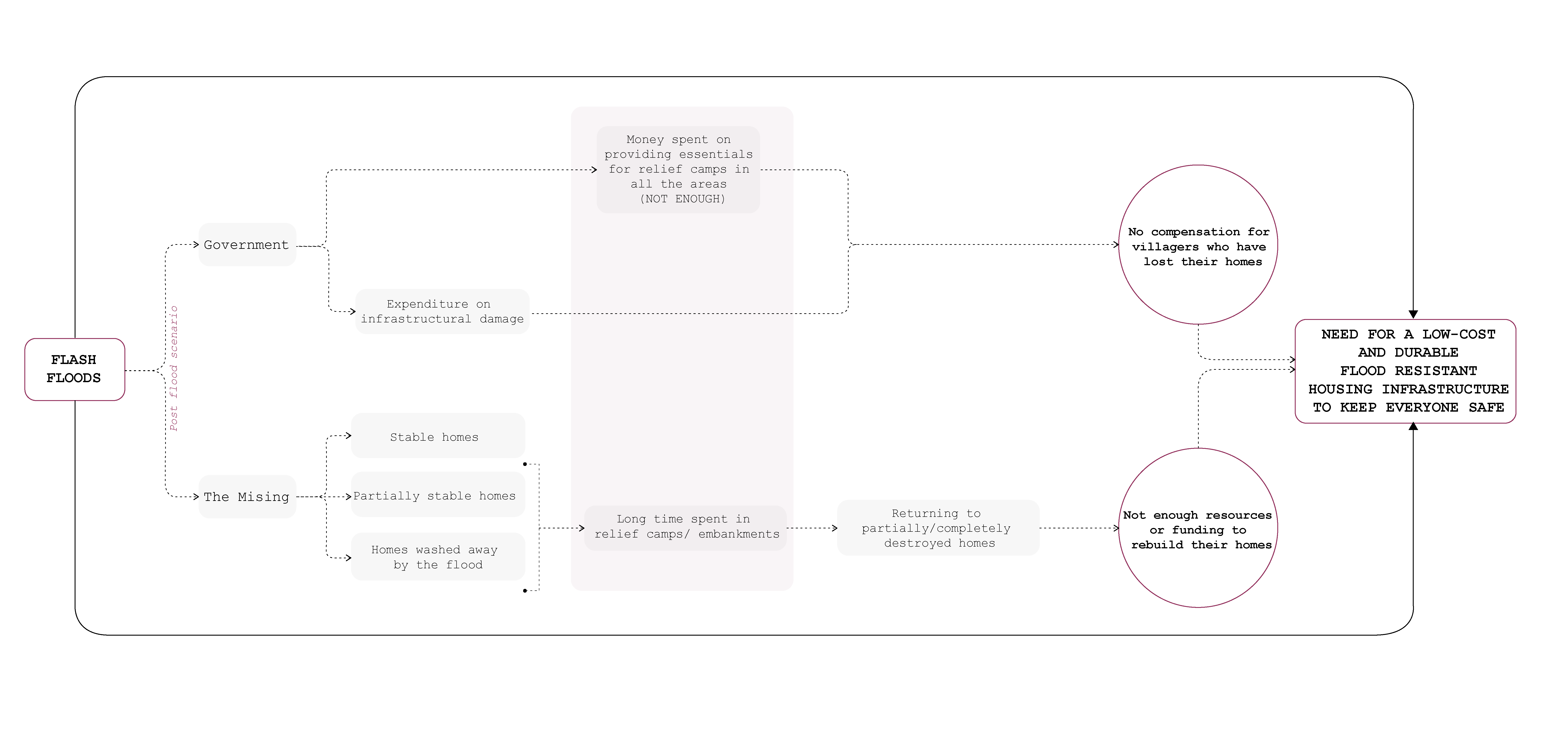
Hypothesis: What if?

Why is this relevant?
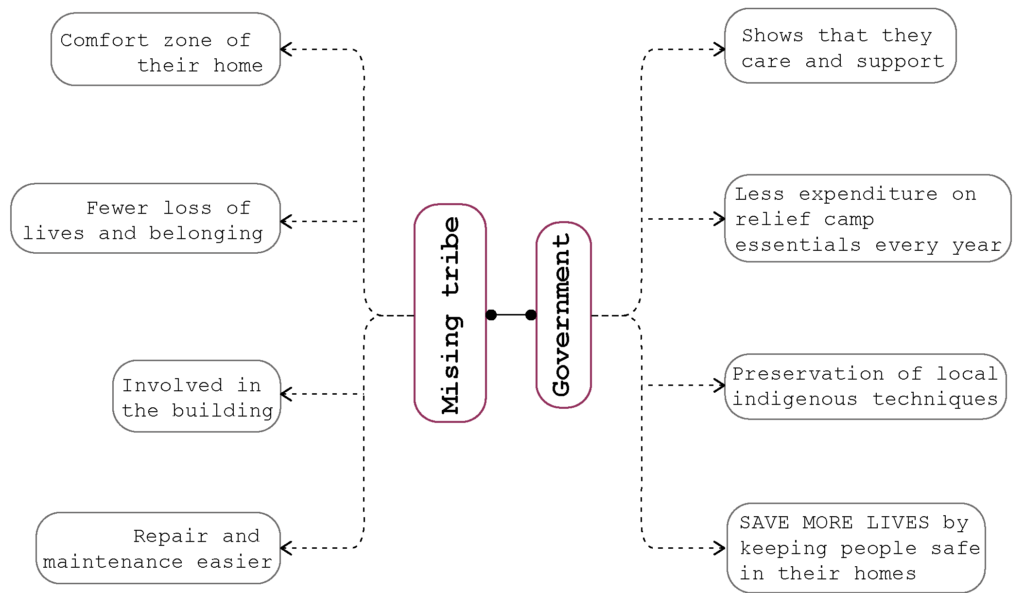
State of the Art: What has already been done?
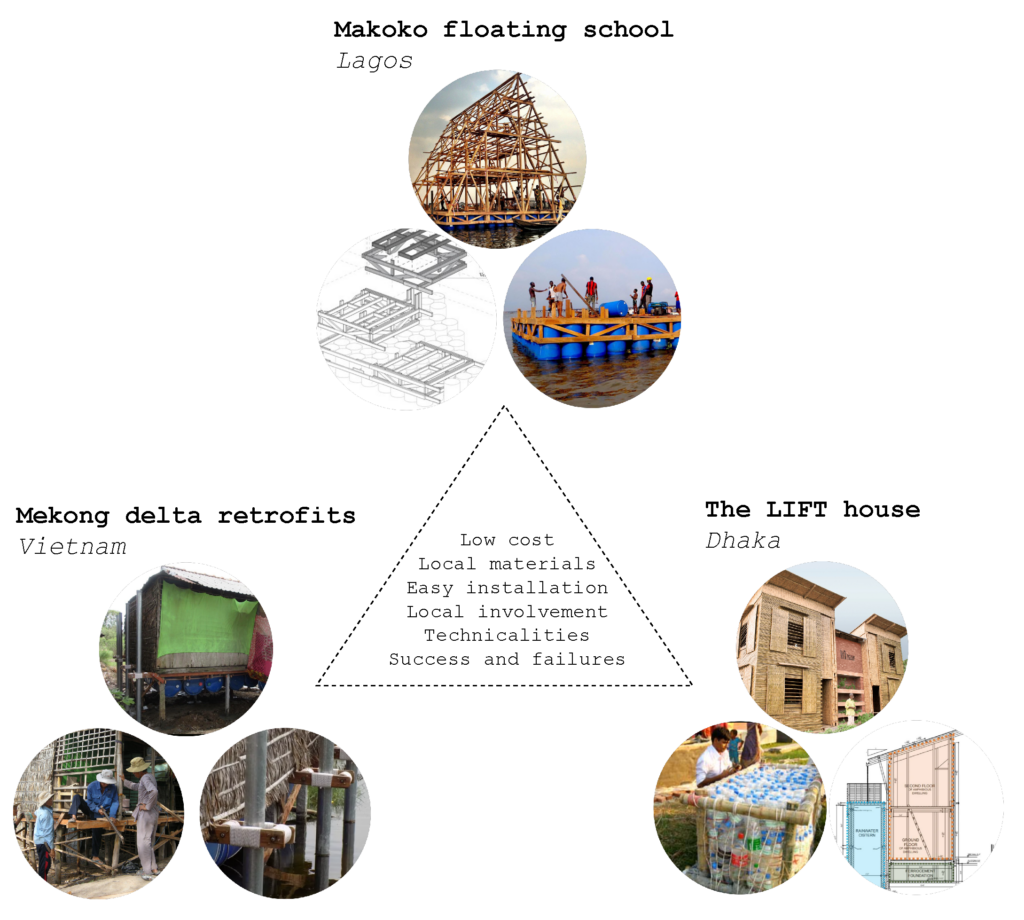
Inferences from the case studies
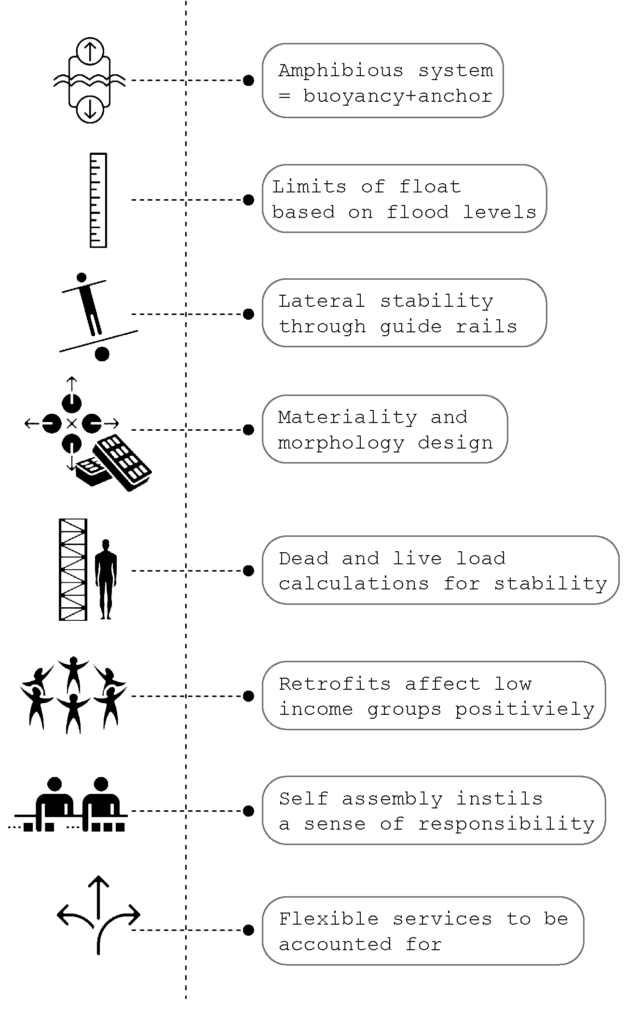
What is the project?

‘A flood resistant system for the existing stilt houses or ‘chang ghors’ in rural Assam to counteract flash flooding by designing an amphibious attachment that will be an amalgamation of the indigenous construction techniques and material resources and a manufactured intervention funded by the government, to create a kit of parts that can be assembled and fitted by the locals to their respective homes in order to survive the floods effectively’
Design system and parameters


Flood resilient construction is therefore needed to minimize the impacts of the main flood actions on buildings, including hydrostatic pressures and damages caused by debris and erosion.
Concept

Behavioral time frame
How should the solution behave at different flood phases?

The Proposal
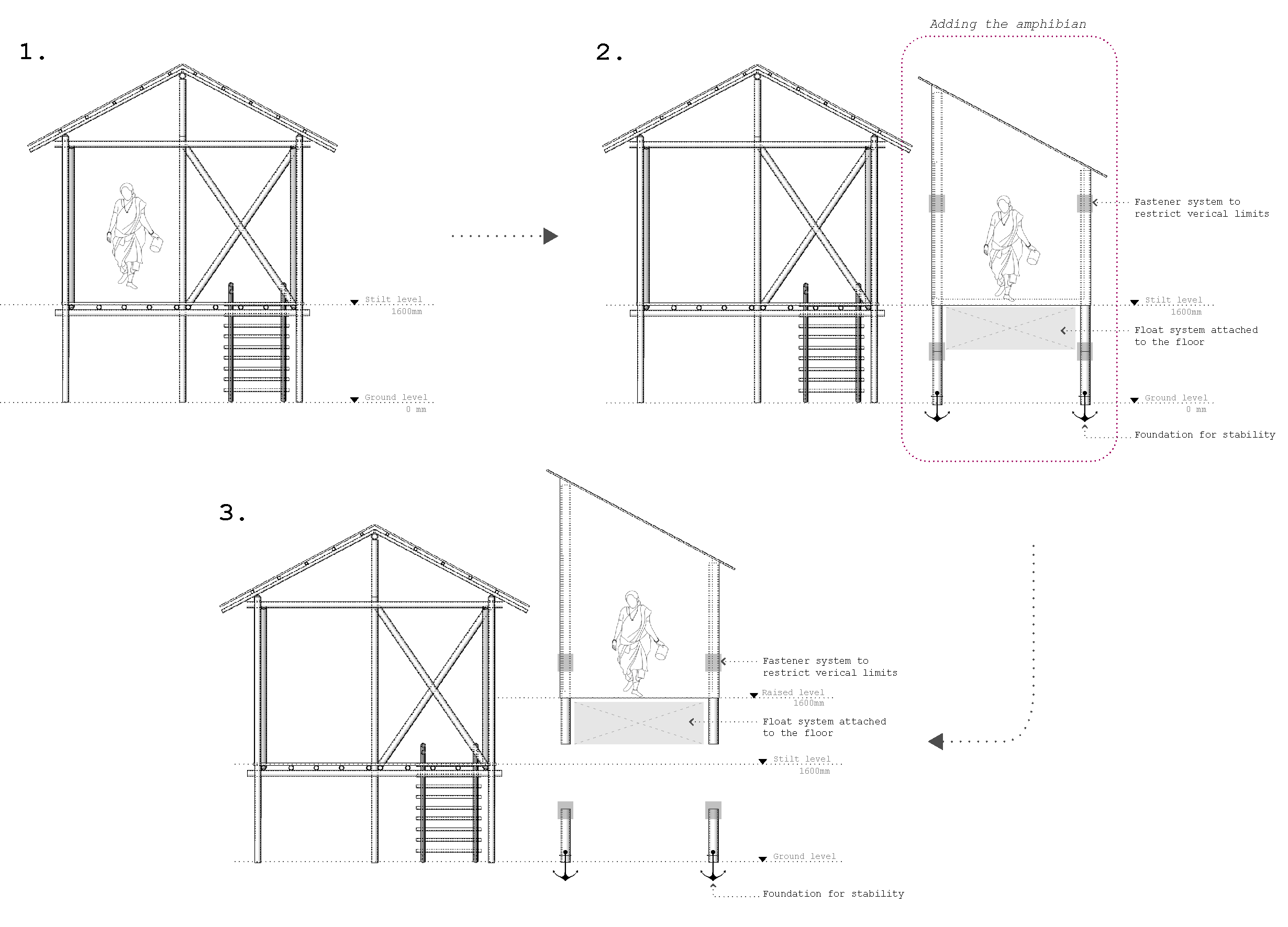

The Amphibian Space


The System

Detail proposal: The foundation

Detail proposal: The lock and hold
